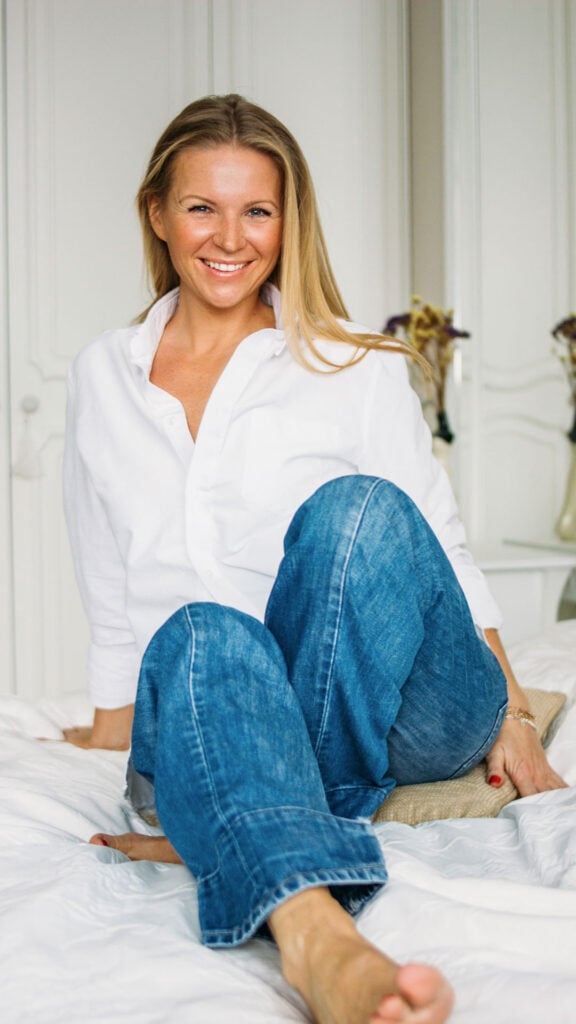The female libido, often shrouded in mystery and misconception, is a complex interplay of physical, emotional, and psychological factors. While some women may have a naturally high sex drive, others might find themselves experiencing fluctuations or even a consistently low libido. Understanding one’s own libido and recognizing signs of high or low levels is essential for overall well-being and relationship satisfaction.
Firstly, it’s crucial to acknowledge that there is no “normal” level of libido. Each woman’s libido is unique, influenced by biological, hormonal, social, and personal factors. What’s important is recognizing what feels right and comfortable for you. However, if you find yourself questioning your libido, here are some indicators to consider:
1. Desire and Interest
One of the primary indicators of libido level is your desire and interest in sexual activities. High libido individuals often experience frequent and intense desires for sexual intimacy, while those with low libido may find themselves disinterested or indifferent towards sex.
2. Physical Responses
Pay attention to your body’s physical responses to sexual stimuli. Increased blood flow to the genitals, vaginal lubrication, and heightened sensitivity are signs of arousal typically associated with a higher libido. On the contrary, experiencing difficulty in achieving arousal or maintaining lubrication could indicate a lower libido.
3. Emotional Connection
Emotional well-being plays a significant role in libido levels. Women who feel emotionally connected to their partners and experience intimacy beyond physicality are more likely to have a higher libido. Conversely, stress, relationship issues, depression, or anxiety can dampen sexual desire, leading to a lower libido.
4. Hormonal Balance
Hormonal fluctuations throughout the menstrual cycle can impact libido levels. Many women experience a surge in libido during ovulation due to increased levels of estrogen and testosterone. Conversely, fluctuations in hormones during menstruation or menopause may lead to a temporary decrease in libido.
If you suspect that your libido may be lower than usual or if you’re experiencing distress due to fluctuations in libido, it’s essential to seek support from healthcare professionals. Consulting with a gynecologist, endocrinologist, or therapist can help identify underlying causes and explore treatment options tailored to your needs.
Moreover, open communication with your partner is vital in navigating differences in libido levels. Honest conversations about desires, boundaries, and expectations can foster understanding and intimacy within the relationship.
Understanding the intricacies of the female libido is a journey of self-discovery and empowerment. By tuning into your body, nurturing emotional connections, addressing health concerns, and seeking support when needed, you can cultivate a fulfilling and satisfying sexual experience that aligns with your unique desires and needs. Remember, your libido is yours alone, and there’s no one-size-fits-all approach to sexual well-being.
Resources
Ganz, P., Greendale, G. (2007) Female Sexual Desire – Beyond Testosterone. Journal of the National Cancer Institute. doi: 10.1093/jnci/djk175
Cappelletti, M., Wallen, K. (2015) Increasing Women’s Sexual Desire: The Comparative Effectiveness of Estrogens and Androgens. Hormones and Behavior. doi: 10.1016/j.yhbeh.2015.11.003



